Nova Scotia Community College-Kingstec Campus Horticulture Facilities: magnolia1000, CC BY 2.0, via Flickr @ https://www.flickr.com/photos/60548141@N00/5079132781/
Mastacanthus sinensis (former synonym of Caryopteris mastacanthus) by Sarah Ann Drake; Edwards' Botanical Register (1846), Plate 2: Public Domain, via Biodiversity Heritage Library @ https://www.biodiversitylibrary.org/page/243202; Possible copyright status Permission to digitize granted by rights holder, via Internet Archive @ https://archive.org/details/mobot31753002748454/page/2/mode/1up
1848 portrait; F.W. Oliver, Makers of British Botany (1913), Plate XIV, opposite page 164: Public Domain, via Biodiversity Heritage Library @ https://www.biodiversitylibrary.org/page/1073549; via Internet Archive @ https://archive.org/stream/makersofbritishb00oliv#page/n204/mode/1up
Water Conservation Garden, Cuyamaca College, El Cajon, San Diego County, southern California: Stickpen, Public Domain, via Wikimedia Commons @ https://commons.wikimedia.org/wiki/File:Caryopterisclandonensis.jpg
Caryopteris clandonensis 'Heavenly Blue'/Blauwbaard of blauwe spirea: Wouter Hagens, Public Domain, via Wikimedia Commons @ https://commons.wikimedia.org/wiki/File:Caryopteris_clandonensis_A.jpg
Coyote Call Trail, Valles Caldera Natural Preserve-Santa Fe National Forest, northern New Mexico: Paul Asman and Jill Lenoble (Paul and Jill), CC BY 2.0, via Flickr @ https://www.flickr.com/photos/pauljill/4961580253/
Coyote Call Trail, Valles Caldera Natural Preserve-Santa Fe National Forest, northern New Mexico: Paul Asman and Jill Lenoble (Paul and Jill), CC BY 2.0, via Flickr @ https://www.flickr.com/photos/pauljill/4961580103/
Lakewood, north central Colorado: Joseph Berger, Bugwood.org, CC BY 3.0 US, via Forestry Images @ https://www.forestryimages.org/browse/detail.cfm?imgnum=5385880
Lakewood, north central Colorado: Joseph Berger, Bugwood.org, CC BY 3.0 US, via Forestry Images @ https://www.forestryimages.org/browse/detail.cfm?imgnum=5385883
Mason Neck State Park, Fairfax County, Northern Virginia: Virginia State Parks (vastateparksstaff), CC BY 2.0, via Wikimedia Commons @ https://commons.wikimedia.org/wiki/File:MN_Silver-spotted_Skipper_(15018584701).jpg; CC BY 2.0, via Flickr @ https://www.flickr.com/photos/vastateparksstaff/15018584701/
Yosemite National Park, California: Sandy_R, CC BY 2.0, via Flickr @ https://www.flickr.com/photos/35142635@N05/7437700226/
Loomis Park, Jackson City, Jackson County, Michigan: Don Henise (Kiskadee 3), CC BY 2.0, via Flickr @ https://www.flickr.com/photos/kiskadee_3/8000773519/
Charles County, south central Maryland: Kerry Wixted, CC BY 2.0, via Flickr @ https://www.flickr.com/photos/kwixted0/3837616475/
white hibiscus (Rose of Sharon; Hibiscus syriacus 'Diana') and bluebeard (Caryopteris x clandonensis): Harvey Barrison from Massapequa NY, CC BY SA 2.0, via Wikimedia Commons @ https://commons.wikimedia.org/wiki/File:Longwood_2011_09_02_0283_(6160245089).jpg
Cladon-Bartblume (Caryopteris × clandonensis 'Heavenly Blue'): Simone, Public Domain, via Wikimedia Commons @ https://de.wikipedia.org/w/index.php?title=Datei:Caryopteris_clandonensis.jpg&filetimestamp;=20070624155202
"Bees and butterflies love this flowering shrub.": Toby Garden, CC BY-SA 2.0, via Flickr @ https://www.flickr.com/photos/toby_garden/4977824466/
Finsterwalde, Brandenburg, northeastern Germany: Manu (lilli2de), CC BY-SA 2.0, via Flickr @ https://www.flickr.com/photos/seven_of9/6160095370/


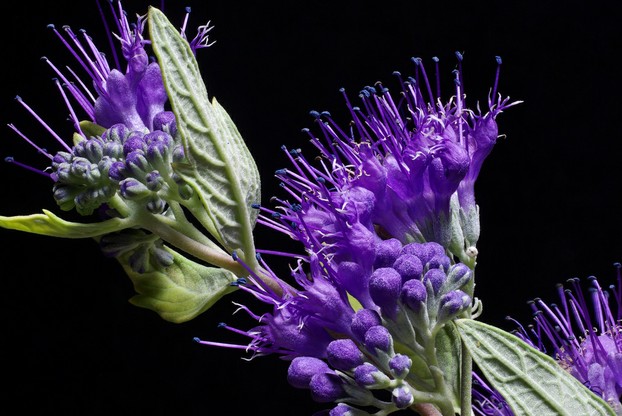
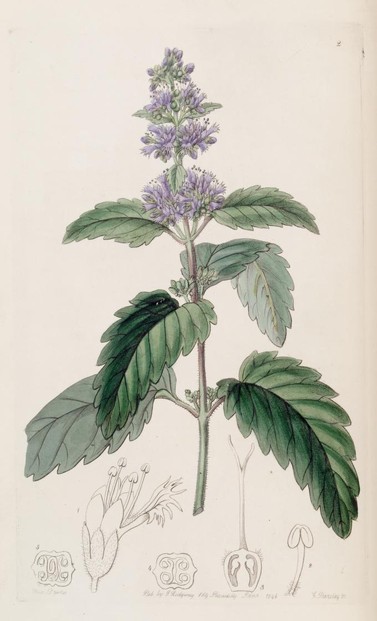
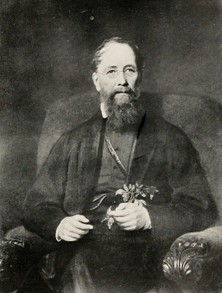
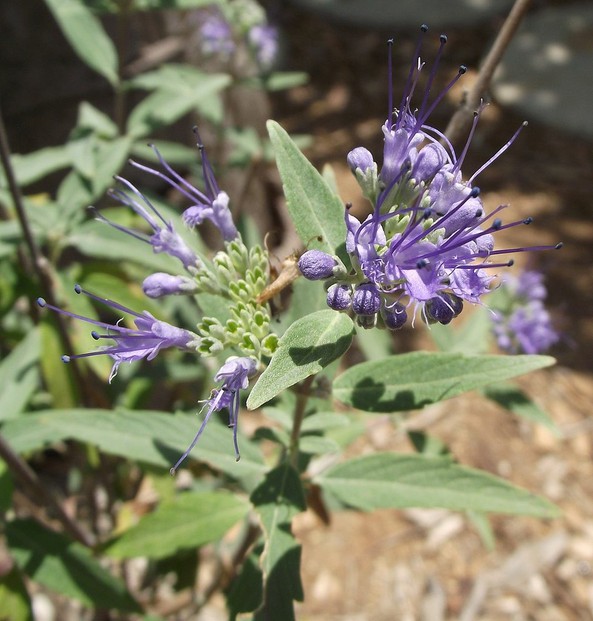
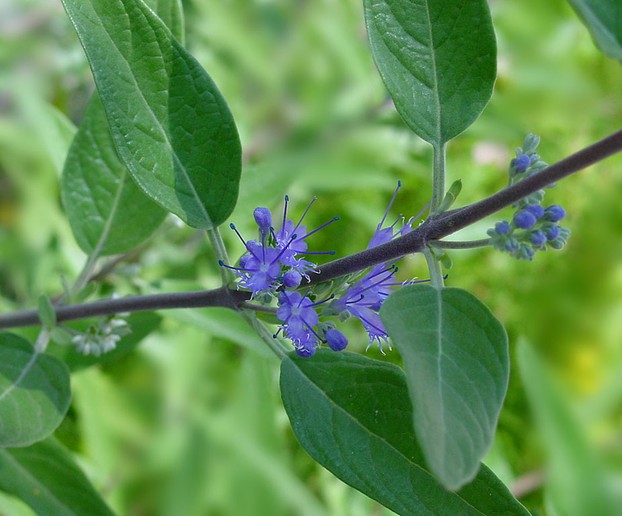
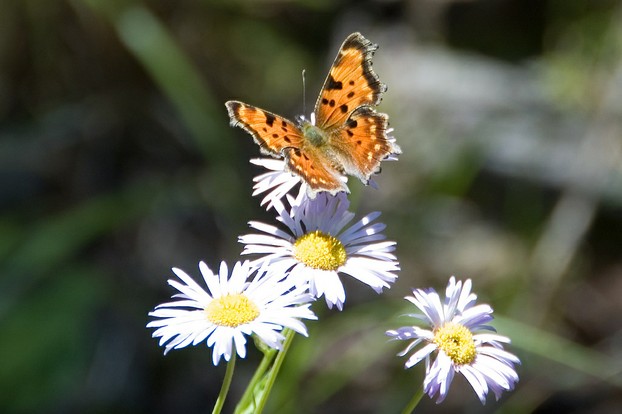
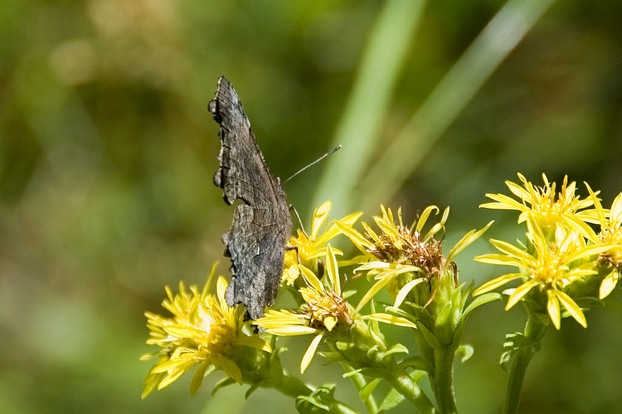
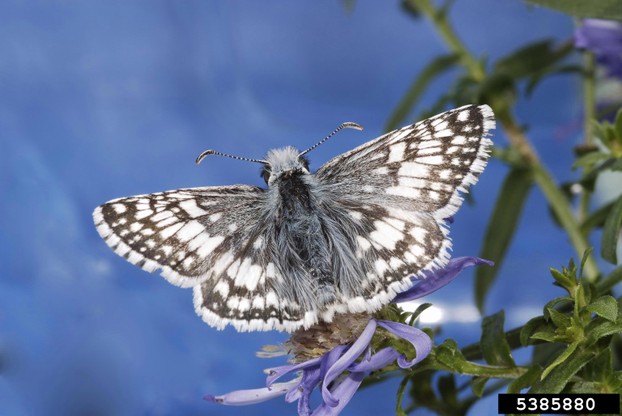
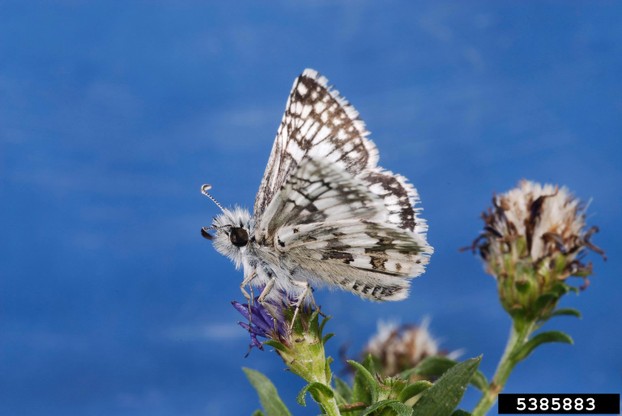
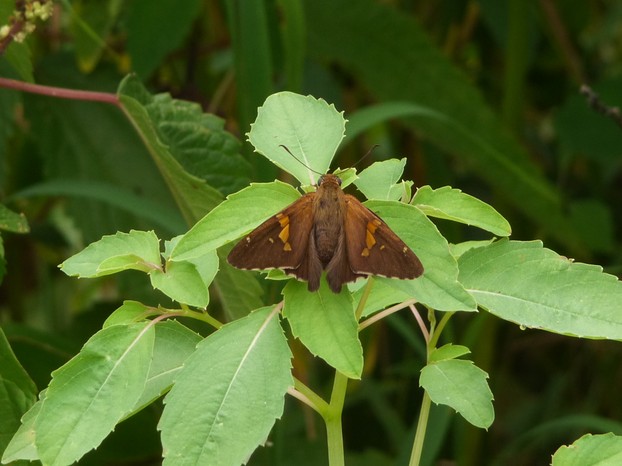
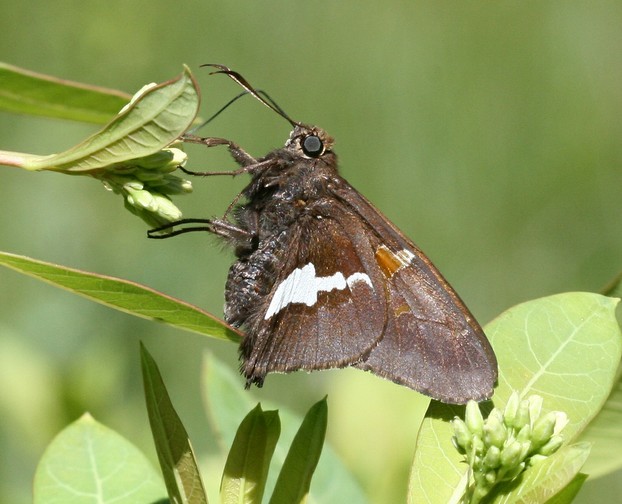
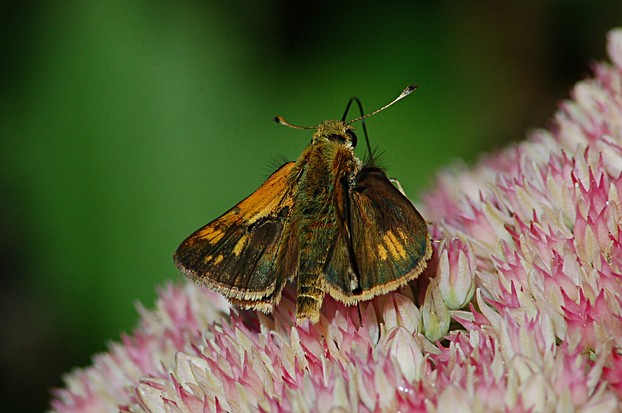
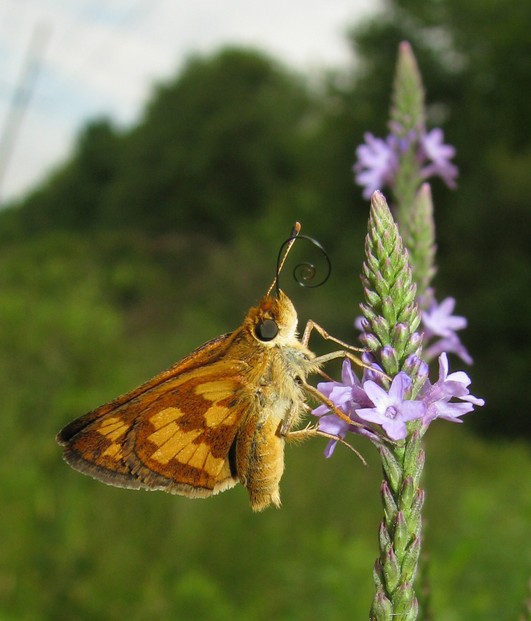
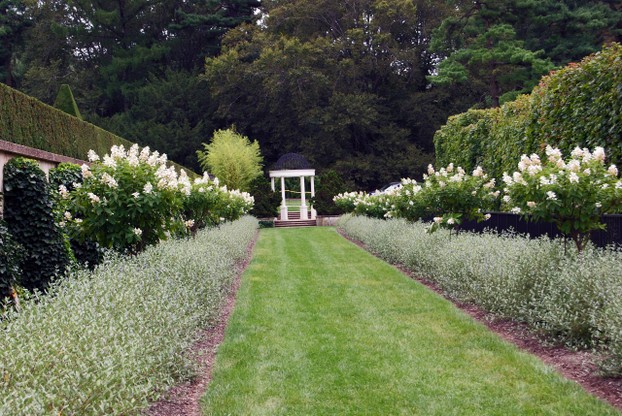
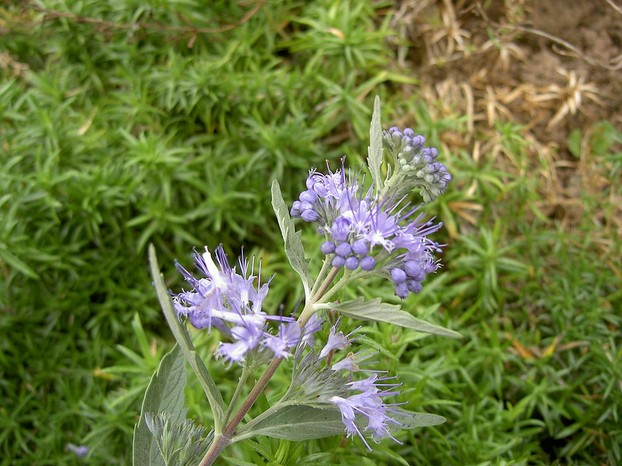
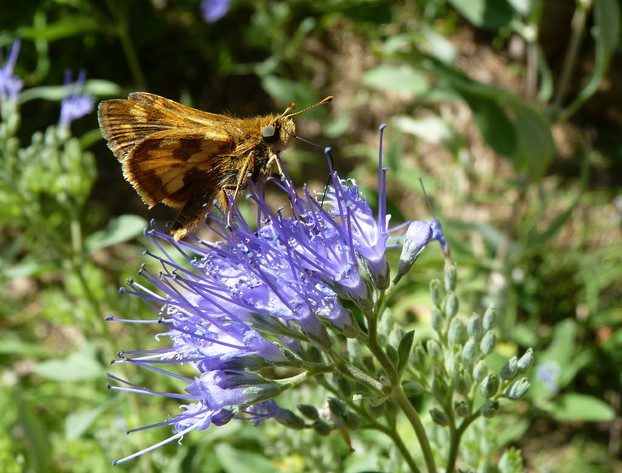
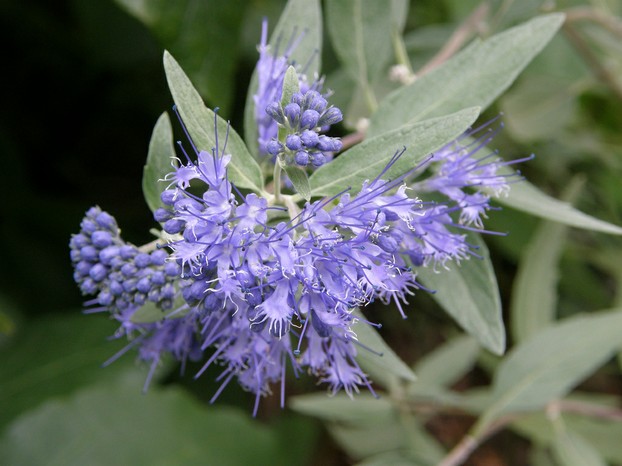





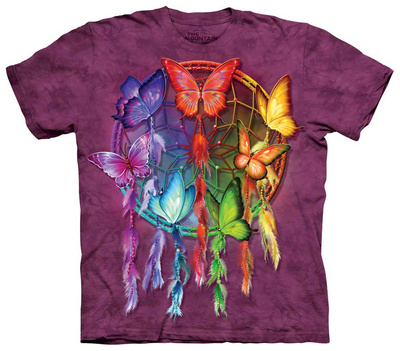

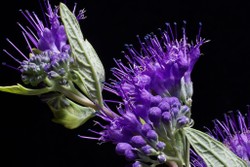

 Are Hawaiian Huakai Po Nightmarchers Avenging Halloween Thursday?on 10/02/2024
Are Hawaiian Huakai Po Nightmarchers Avenging Halloween Thursday?on 10/02/2024
 Mailing Addresses for 2023 Form 4868 Extending 1040 and 1040SR April 15, 2024, Due Dateon 04/15/2024
Mailing Addresses for 2023 Form 4868 Extending 1040 and 1040SR April 15, 2024, Due Dateon 04/15/2024
 Mailing Addresses for 2023 Forms 1040 and 1040SR Filed in 2024on 04/15/2024
Mailing Addresses for 2023 Forms 1040 and 1040SR Filed in 2024on 04/15/2024
 Mailing Addresses for 2022 Form 4868 Extending 1040 and 1040SR April 18, 2023, Due Dateon 04/13/2023
Mailing Addresses for 2022 Form 4868 Extending 1040 and 1040SR April 18, 2023, Due Dateon 04/13/2023

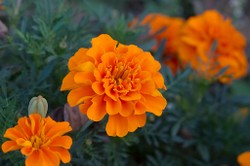
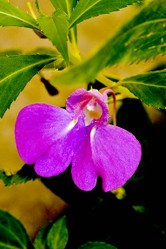
Comments